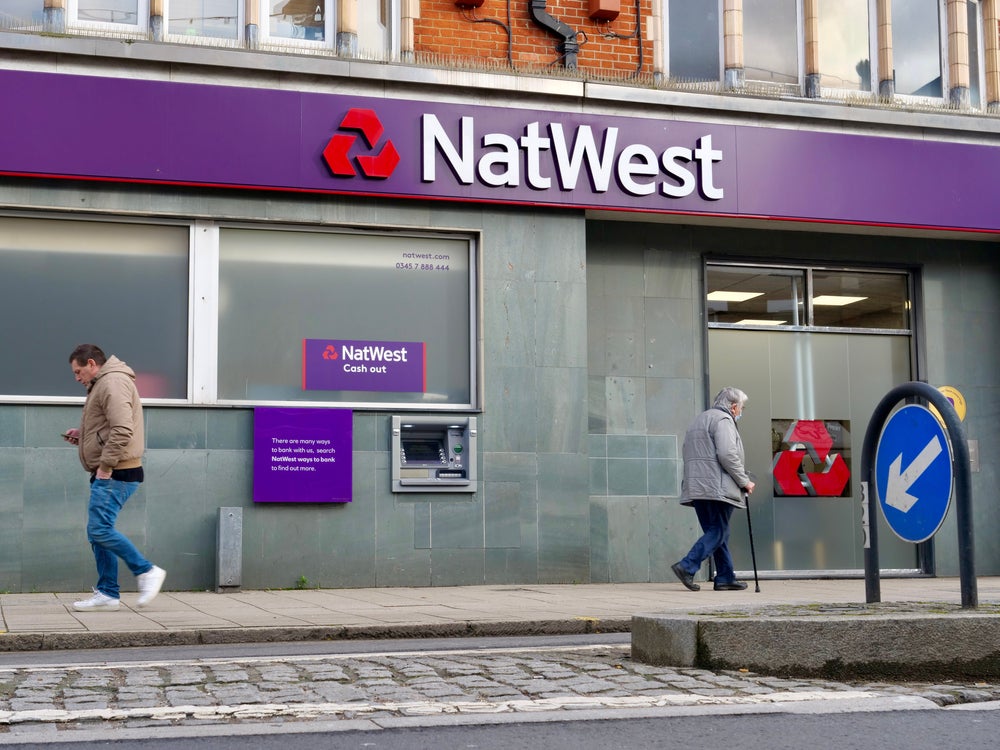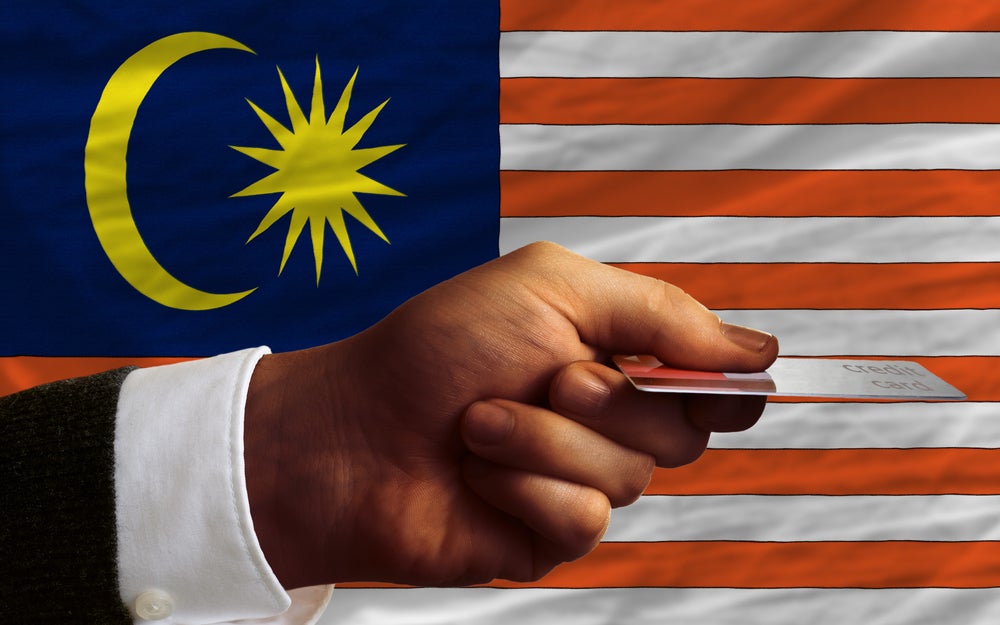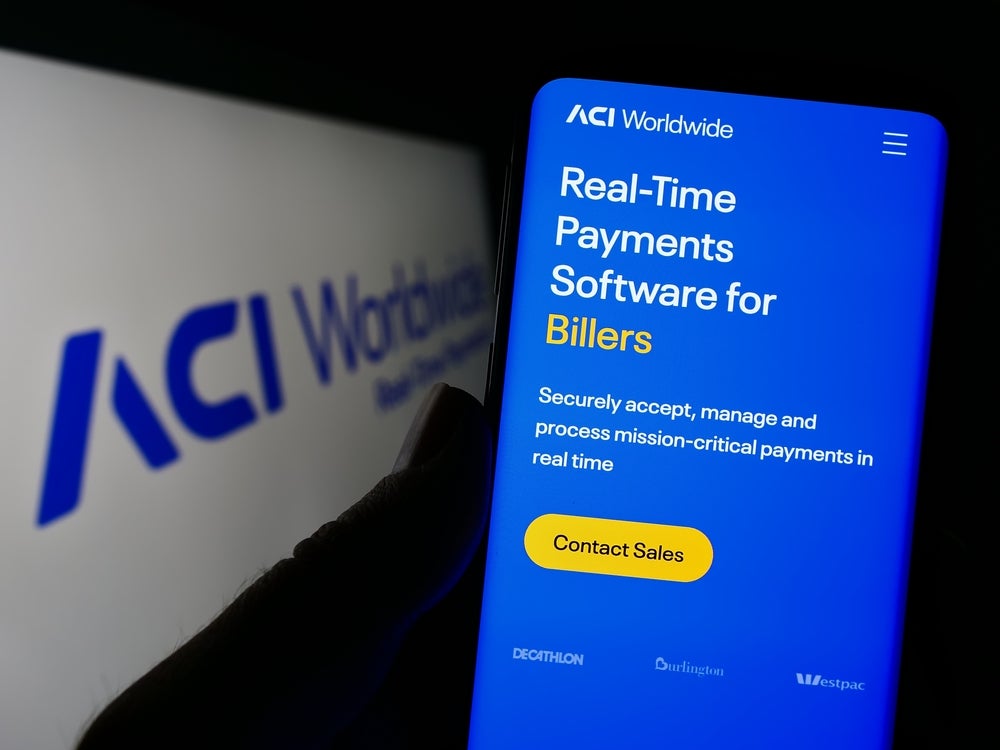Poland is often first up when considering regions at the forefront of non-cash payments with multiple financial institutions bringing innovation to the market. Technology infrastructure provider SIA looked into whether Polish consumers held the same opinion or if they even used emerging technology. Patrick Brusnahan reports
According to Capgemini and RBS’ World Payments Report 2015, the number of non-cash transactions per inhabitant in Poland grew 11% between 2012 and 2013. Timetric’s research finds that there were 28.2 million debit cards in Poland in 2013 as well as 4.2 million prepaid cards.
In addition, contactless cards have grown with aplomb. Between 2008 and 2012, the number of cards with contactless functionality grew from 875,000 to 21.4 million at an astounding CAGR of 122.31%.
All major banks have replaced magnetic-stripe cards with EMV chip-based contactless cards, or are at least in the process of doing so.
M-payments have been growing significantly in Poland as its value grew from PLN780m ($323.7m) in 2008 to PLN2,415.8m ($741.8m) in 2012. Timetric expects this to continue skyrocketing to PLN5.9bn ($1.8bn) in 2017.
The consumers’ insight
SIA surveyed 800 consumers about their attitudes towards modern methods of non-cash payments to see what they actually considered to be modern.
How well do you really know your competitors?
Access the most comprehensive Company Profiles on the market, powered by GlobalData. Save hours of research. Gain competitive edge.

Thank you!
Your download email will arrive shortly
Not ready to buy yet? Download a free sample
We are confident about the unique quality of our Company Profiles. However, we want you to make the most beneficial decision for your business, so we offer a free sample that you can download by submitting the below form
By GlobalData41% of respondents felt that contactless payments were the most modern solution available in the Polish market. This was followed by payments via mobile devices with 36% and payment cards and online bank transfers both received 35% of the vote each.
However, this does not necessarily translate into usage. With payment systems, such as PayPal, SkyCash, and MobilNET, 75% of respondents were aware of their existence but only 14% of them actually utilised the solutions.
Even less regarded were payments via NFC-enabled mobile phones. 74% of those surveyed had heard of these products, but a mere 4% declared themselves as users.
The exception to this was contactless cards. 96% of respondents had heard of the technology and this translated into 82% of them being actually users; a 9% increase from the previous year.
Speed and saving times was the biggest reason (55%) for consumers to use electronic payments, with convenience (35%) and not needing to carry cash around (20%) were two other important reasons.
In addition, the report stated almost 40% of respondents claimed they were denied payment by card for purchases of minor amounts.
This confirmed that one of the biggest barriers to the further popularity of these types of payments is the sellers.
What do you think of when you hear electronic payments?
When asked what they thought the values of electronic payments were, the respondents replied with user friendly (90%), innovation (43%) and security (36%).
The report stated that transaction security is a widely discussed issue when the subject of modern payment methods is highlighted in Poland.
However, in general, different payment methods are believed to have similar levels of security, but SIA found that in the last three years, contactless cards have been judged to be more secure than mobile payments.
Despite misgivings about security, only 15% of respondents knew anyone who had been a victim of fraud. In addition, 24% of that group believed it to be the fault of the victim’s own negligence and recklessness.
45% of those surveyed were becoming less interested in new, novel payment instruments, mainly due to the fact that the market is so congested.
Promoting additional forms of non-cash payment will be a tough task as the level of competition is at a high level and it will be difficult to gain a significant level of attention or market share.
With more and more solutions coming into the market, including those from technology heavyweights such as Google and Apple, the majority of consumers do not have an opinion of whether it is the right product for them or not.
As a result, launching an innovative payment method, while still a great opportunity, requires a greater, and smarter, level of communication to consumers.
The mix of old and new
Close to two-thirds of respondents admitted that both banks and customers are beneficiaries of modern non-cash payment methods. However, when it comes to banks’ benefit, the most frequent factors pointed out were profit and promotion of the institution.
On the other side of the coin, convenience and speed are praised from the customers’ perspective.
On this note, 56% of respondents considered innovative solutions to be very or rather important when selecting their bank.
In contrast, just being new isn’t enough for the Polish consumer. A non-bank institution offering a bank account is seen as an attractive proposition by only 17% of those surveyed and 38% of respondents didn’t have a strong opinion on it either way.
"The findings of our survey about the payment transformation confirm Polish consumers love innovation," says Roman Pogorzelski, Executive of Business Development at SIA, when speaking to CI.
He adds: "Indeed, contactless technology is gaining importance in Poland: most of the payment cards issued in the market use contactless as well as all new POS terminals. Making payments has never been easier.
"For this reason we expect in the next 2-3 years mobile payments will gain popularity among Poles. "
Despit SIA’s optimism, and the view shared by outsiders that Poland is an innovative market, these results show that is may take a while before the Polish consumer gets on the same page. <






